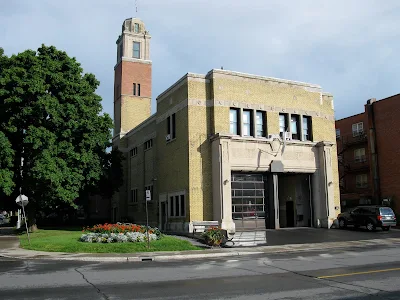"Miró’s . . . investigation of the world of dreams and the subconscious was made with the desire to approach, to use Herbert Read’s term, “the frontiers of perception,” regardless of the risks involved. There has never been any doubt in his mind that what is of real importance to him lies beyond painting. The degree of sheer visual pleasure that paintings give can be intense; but the more acute it becomes the more it is likely to provoke a further yearning, often ill-defined but of great strength, for a transcendental understanding of our condition. The work of art, then, as it leads us to the frontiers of perception, becomes the medium which can give access to new states of consciousness. In itself, though it remains the motive force, it becomes less important than the state of mind to which it leads. At the same time the artist himself also recedes into a condition of anonymity. “Anonymity,” Miró says, “allows me to renounce myself but in renouncing myself I come to affirm myself more strongly… The same practice makes me seek the noise hidden in silence, the movement in immobility, life in the animate, the infinite in the finite, forms in space and myself in anonymity.” Artists such as Miró, who have discovered through paradox that the finite statement of their work can b a gateway to a new perception of the infinite rather than an end in itself, accept the role of prophet, or rather seer. They become the intermediaries who, instinctively in the first place and later by their command of aids and techniques, can carry us with them into a more complete understanding of our human relationship to the great unknown, towards an accord between us and the nature of all things."
Roland Penrose,
Miró,
Harry N. Abrams, Publishers, New York,
Pps. 193-194












